Herbs add flavor and aroma to food, offer medicinal benefits, and enhance the beauty of any garden. If you are interested in learning how to grow your own herbs, you have come to the right place! This comprehensive herb garden ideas guide will answer some common questions about herb gardening, offer tips on creating an herb garden that best suits your needs, and provide ideas for using herbs in your landscape.
What is an Herb?
An herb is a plant or plant part used for its flavor, scent, medicinal and/or therapeutic properties. Herbs are used in cooking, as medicines, for spiritual purposes and to add fragrance to bath and body care products. Some herbs can also be used as dyes.
Herbs have been around since ancient times and were used by the Egyptians, Greeks, Romans, and Chinese. They are still widely used today for many different reasons. Herbs may be grown in gardens or pots for use in cooking or medicine making; they may also be purchased dried at health food stores or online.
Herbal teas are made from a variety of herbs such as chamomile, lavender, peppermint and spearmint. These teas are known to have calming effects and can help soothe a sore throat or aid digestion. Herbs may also be used in baths for aromatherapy, skincare, and relaxation purposes.
There are many different types of herbs available today including culinary herbs such as basil, oregano, rosemary, and thyme; medicinal herbs such as ginseng, ginger, chamomile, and hawthorn; and aromatic herbs such as lavender, jasmine, sandalwood, and peppermint. Each herb has its own unique properties and uses.
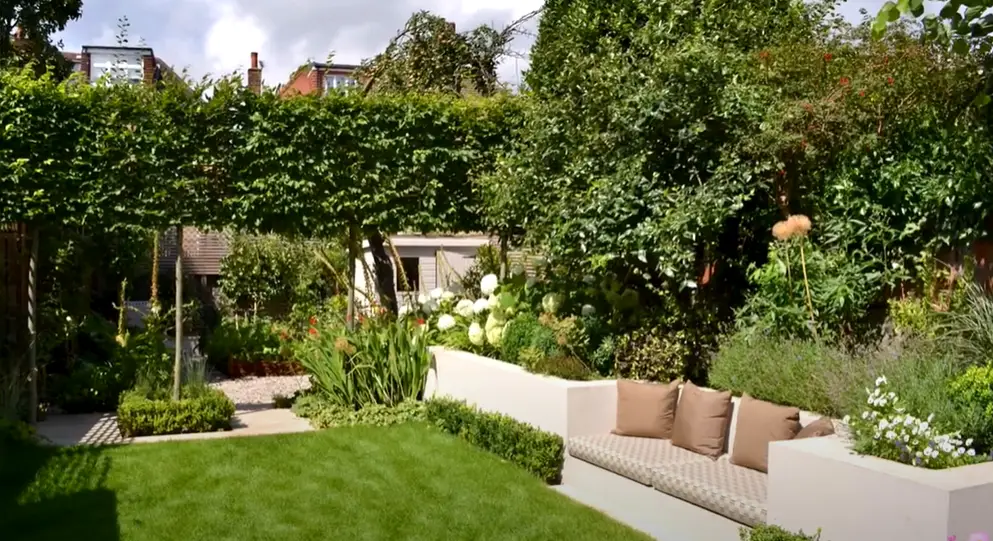
It is important to remember that some herbs may interact with certain medications or have adverse effects if taken in large doses. Always consult your doctor before taking any herbal supplements or using essential oils topically.
Herbs can be a great addition to your everyday life and are an excellent way to add flavor, and scent, and improve overall health. Whether you choose to grow them on your balcony or purchase them at the store, there are many different types of herbs available for various applications [1].
Benefits of Growing Your Own Herb Garden
Growing your own herb garden has many benefits. For starters, it’s cost-effective as the plants can be grown from seeds that are readily available at most stores. You’ll also have access to fresher-tasting produce than if you were to buy it from a store. Additionally, you can control the quality of soil and nutrient levels that your herbs are receiving, ensuring that they stay healthy and flavorful. Herbs grown in an herb garden are also free of chemicals, pesticides, and other pollutants that may be found in store-bought produce.
Another benefit of growing your own herb garden is that you can customize the types of herbs you grow for specific dishes or recipes. You can also save money by harvesting your own herbs instead of buying them from a store. Finally, having an herb garden is a great way to get outside and enjoy some sunshine while tending to your plants! It’s also a calming activity that can help reduce stress levels and improve mental well-being.
Overall, growing your own herb garden has a lot of advantages that make it well worth the effort. Not only will you have access to fresher-tasting herbs for cooking and other recipes, but you’ll also be able to save money and enjoy some time outside in nature! Plus, it’s a great way to improve mental health and reduce stress levels through gardening. So, if you’re looking for an easy and enjoyable hobby or activity, why not give growing your own herb garden a try [2]?
Types of Herb Gardens
Kitchen Herb Garden
Kitchen herb gardens are the most popular type of herb garden. Herbs grown in a kitchen herb garden can be used for cooking, adding flavor to dishes, and making teas and other concoctions. The convenience of being able to harvest your own herbs right in your kitchen is what makes this type of herb garden so appealing. In addition to convenience, having an easy-to-harvest source of fresh herbs can also add a touch of ambiance to your kitchen space.
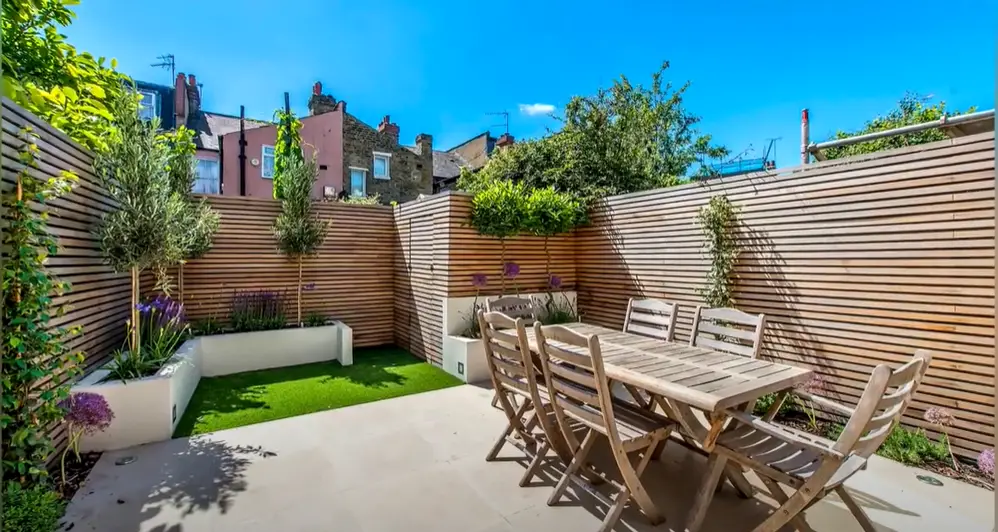
Container Herb Garden
Another option that is becoming increasingly popular is the container herb garden. Container herb gardens are a great way to bring color and fragrance into any outdoor living area without taking up much space or requiring a lot of maintenance. This type of herb garden can be placed on a patio, balcony, or even indoors. Containers come in various sizes and materials to suit your particular needs.
Fragrant Herb Garden
For those looking to add a hint of fragrance to their outdoor space, fragrant herb gardens can be a great option. Fragrant herbs, such as lavender and rosemary, are popular choices for use in containers or other small garden spaces. These herbs can fill the air with their pleasant aromas, adding an inviting and refreshing scent to any outdoor area. As a bonus, fragrant herbs can also attract beneficial pollinators like butterflies and bees.
Medicinal Herb Garden
Another type of herb garden is the medicinal herb garden. This type of herb garden focuses on growing plants that are known for their healing properties and medicinal benefits. Plants such as chamomile, echinacea, and valerian are some popular choices for a medicinal herb garden. Growing these types of herbs can give you access to natural remedies and treatments whenever they are needed.
Edible Herb Garden
Edible herb gardens are becoming more popular among those looking to grow their own food. Edible herbs such as basil, oregano, thyme, and sage can be used for cooking and seasoning dishes. These herbs can also provide an abundance of vitamins and minerals when consumed fresh or dried. An edible herb garden is a great way to add fresh produce to meals while getting the added benefits that come from consuming nutrient-dense foods.
Herbal Tea Garden
Herbal tea gardens are becoming increasingly popular, especially among those looking to take advantage of the health benefits that come from drinking herbal teas. Herbal teas are made from plants and herbs that have been dried and infused with hot water. Popular options for an herbal tea garden include chamomile, lavender, rosemary, mint, and lemon balm. An herbal tea garden can provide a relaxing spot to enjoy your favorite cup of tea while also providing access to natural remedies.
Ornamental Herb Garden
Ornamental herb gardens are a great way to spruce up any outdoor area. These types of herb gardens focus on growing herbs and plants that are known for their beautiful flowers and foliage. Popular choices for ornamental herb gardens include lavender, rosemary, sage, thyme, and oregano. Ornamental herbs can bring lots of color and texture to any garden space while also providing the added benefits of fragrance or flavor.
Rainbow Herb Garden
Rainbow herb gardens are becoming popular among those looking to create a visually stunning display in their garden spaces. Rainbow herb gardens combine colorful flowers with fragrant herbs that can be used for cooking or medicinal purposes. This type of garden is an attractive way to enjoy both the beauty of flowering plants and the benefits of fragrant herbs [3].
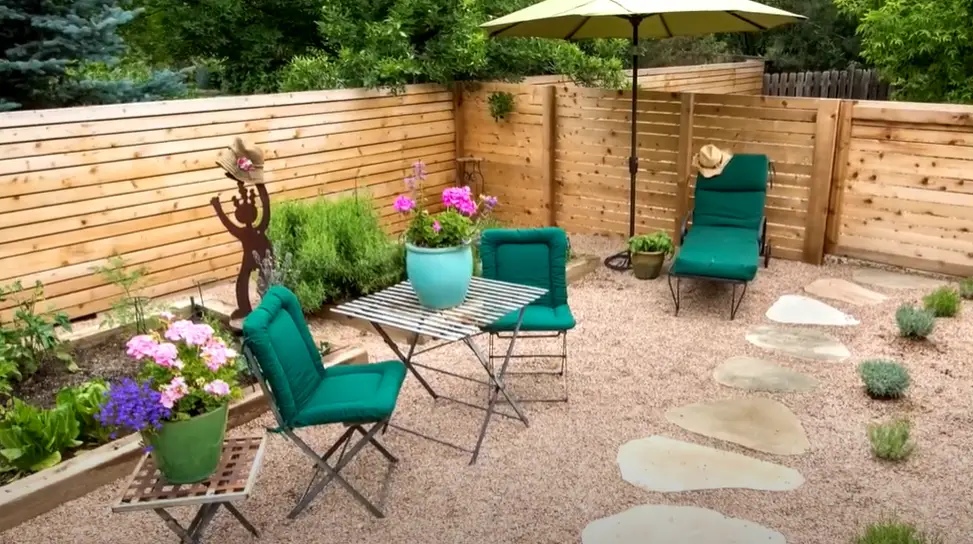
The best Herb Garden ideas
Plant a rosemary hedge
Rosemary is one of the most popular herbs used in cooking, and a rosemary hedge can make for a beautiful addition to any garden. It is easy to grow, drought tolerant, and has an unmistakable aroma that will fill your outdoor space with its fresh scent. You can even get creative and form the hedge into a unique shape if you desire!
Create an herb spiral
Herb spirals are a great way to make use of limited garden space while still growing multiple types of herbs. An herb spiral looks like what it sounds – a spiral formation made out of stone or brick and planted with various herbs. The higher parts of the spiral receive more sunlight, making them ideal for plants such as thyme, oregano, and sage; while the lower parts are shadier and work best for mint or chives.
Surround a bench with fragrant herbs
This is a great option for those who want to be able to enjoy their herb garden from the comfort of their own backyard. Planting herbs around a bench or outdoor seating area will not only provide you with easy access to your plants but will also fill your space with wonderful fragrances when you sit and relax in your garden. Lavender and lemon balm are especially nice for this purpose!
Make your own herb plant markers
These are fun and creative ways to add some personality to your herb garden. You can make your own markers out of wood, clay, or stone – just make sure each one is labeled with the type of herb it’s for! This will help you easily distinguish which plants are which when it comes time to harvest them.
Add a water feature
Adding a water feature such as a fountain or pond to your herb garden will create an oasis-like atmosphere that is both calming and beautiful. The sound of trickling water will also help drown out any other noise from the outside world, making your garden even more peaceful and enjoyable. Plus, herbs love humidity so this would be beneficial for them too!
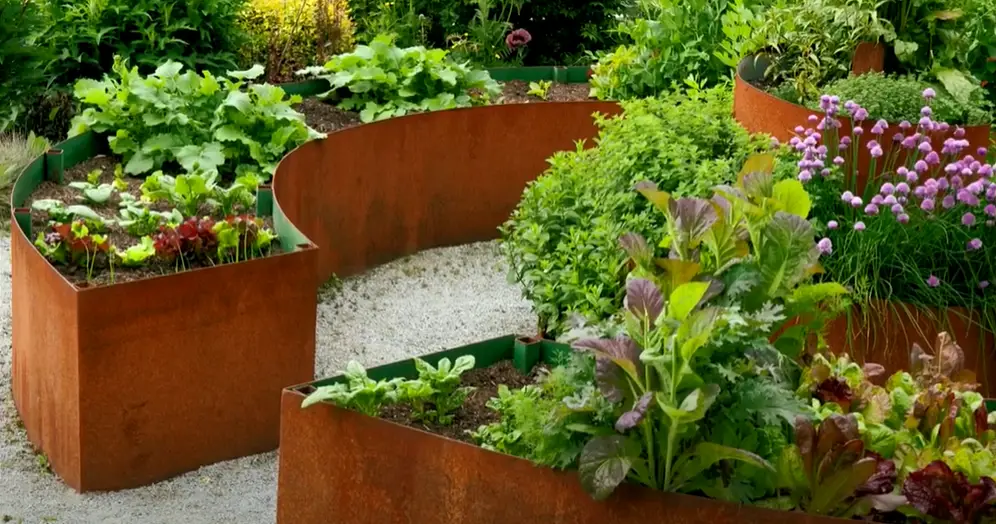
Create a tabletop herb centerpiece
If you don’t have a lot of outdoor space for a full-blown herb garden, then this is the perfect option for you. All you need to do is find a planter that fits your decor and fill it with various herbs. Place it on your dining table or sideboard and let the fresh scents waft through the air! This works especially well if you prefer to eat meals indoors.
Plant herbs for bees and butterflies
Herbs offer a great source of nectar for bees and butterflies, so adding some plants to your herb garden that are specifically meant to attract these lovely creatures is a great idea. Lavender, oregano, thyme, and rosemary are all good choices as they provide both food and shelter for these pollinators. Not only will you be helping the environment but you’ll also get to enjoy watching them flutter around your garden!
Add a herb garden to a hanging basket
Hanging baskets are the perfect way to bring some life and color to your home’s exterior. You can use one planter for multiple herbs or separate them into individual containers. For example, you could plant mint in one, rosemary in another, and thyme in a third – all at different heights within the same basket. The possibilities are endless!
Plant a herb jar garden
This is a great option for those who are short on space but still want to enjoy their own homegrown herbs. All you need is a large jar and some soil; then you can simply drop in small cuttings of your favorite herbs, water them, and let them grow! This way you can keep them right next to your kitchen window so they’re always within reach.
Build raised beds filled with herbs
Raised beds are a great option if you have more room in your garden and want to create a dedicated herb area. You can use wood, stone, or brick to build the raised bed; then fill it with soil and start growing! This way, your herbs won’t be competing with other plants for nutrients and space. Plus, you’ll be able to easily access them without having to bend over too much.
Plant flowers and herbs on one border
If you’re looking to add a pop of color and fragrance to your garden, consider planting flowers and herbs on one border. Choose a variety of colors and aromas that will create an eye-catching display and make your garden smell wonderful! Marigolds, lavender, rosemary, thyme, and oregano are all great options for this.
Create a living wall of herbs
This is another great way to maximize space in a small garden. You can use planters or window boxes to build a vertical herb garden; then hang them up against your fence or wall. This is also perfect if you don’t have the time (or desire) to tend to an outdoor herb patch but still want to enjoy the benefits of fresh herbs.
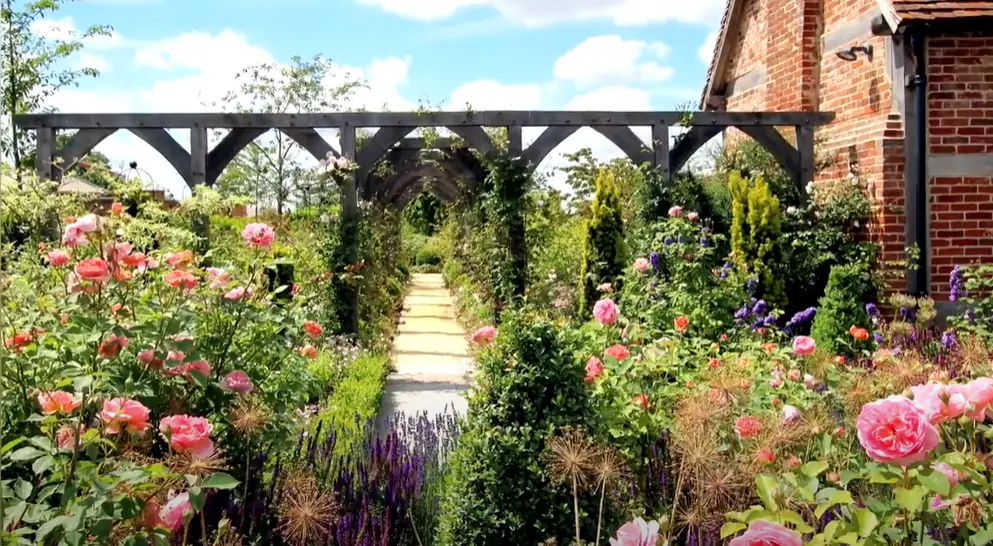
Create clever herb garden ideas for small spaces
If you have a tiny balcony or patio, don’t despair. You can still enjoy an herb garden by getting creative with containers and vertical gardening techniques. Try hanging several smaller planters from the ceiling or even converting an old shoe rack into a living wall of herbs! The possibilities are endless when it comes to small space gardens.
Store herbs in vintage vases
If you’re looking for a more decorative way to store your herbs, try using vintage vases and jars. Not only are they aesthetically pleasing but they also provide the perfect environment for keeping herbs fresh. Plus, you can keep them in any room of the house – from your kitchen countertop to your living room mantelpiece.
Grow herbs in window boxes – indoors or out
Window boxes are a great way to bring the outdoors inside or to add a touch of greenery to your outdoor space. You can use one large planter or several smaller ones for herbs such as basil, mint, thyme, and oregano. This way you’ll have easy access to these fragrant plants, no matter where you are!
Use upcycled, reclaimed, and vintage finds for your herb garden
If you’re looking for unique and eco-friendly herb garden ideas, try using upcycled materials. Old tires, crates, buckets, pallets, and other assorted items can all be used to create a one-of-a-kind living wall of herbs. Plus, it’s an affordable way to add some personality to your outdoor space!
Add some color with flowers
You don’t have to limit yourself just to herbs – adding a few colorful flowers can make your herb garden even more eye-catching. Try planting marigolds or pansies between the herbs for an extra splash of color and fragrance. You could also plant bright yellow sunflowers near the back of the bed for a stunning contrast.
Make a living wreath of herbs
Want to take your herb garden up a notch? Try creating a living wreath of herbs and flowers! You can use a grapevine or other flexible branches to form the base; then add in cuttings of rosemary, lavender, thyme, and oregano. This will make for an eye-catching display that you can hang on your wall or door [4].

How to start a herb garden?
- Choose a Place to Set Up Your Herb Garden: When selecting the perfect spot for your herb garden, make sure it is in an area that receives full sun (at least 6–8 hours of direct sunlight per day). If you don’t have access to a sunny location outdoors, you can opt for growing indoors by using a windowsill or grow lights.
- Prepare the Soil: It’s important to give your herbs the best soil possible so they can thrive and produce flavorful leaves. Amend your soil with organic material such as compost, manure, or peat moss before planting. This will help ensure proper drainage and provide needed nutrients for growth.
- Select Your Herbs: Consider the flavor profile of your favorite dishes and select herbs that will enhance them. Popular herbs to grow include basil, oregano, thyme, chives, sage, and dill. Plant a variety of types so you can experiment with different flavors in your cooking.
- Plant Your Herbs: Once you’ve chosen the right spot for your garden and have amended the soil, it’s time to start planting! Begin by digging holes twice as wide as the root ball of each plant. Make sure not to crowd the plants too close together or they won’t be able to spread out properly. If you’re growing indoors in containers, use high-quality potting soil and make sure the pots have drainage holes.
- Water and Fertilize: Herbs need constant watering in order to stay healthy and prevent wilting. Keep an eye on the soil’s moisture levels and water as needed, usually about once a week during hot months. You can also fertilize your plants every few weeks with a liquid or granular fertilizer for an extra boost of nutrients.
- Harvest Your Herbs: Once your herbs have grown enough, it’s time to reap their rewards! Use scissors or pruning shears to harvest leaves from the top portion of the plant, leaving some growth behind so it can continue growing strong. To keep your herb garden looking neat and tidy, trim off any dead or dying leaves [5].
Best places to plant a herb garden
- Windowsill: This is the most obvious place to start a herb garden. The advantage of planting on your windowsill is that you get good sunlight, which herbs need for healthy growth. Plus, it’s easy to monitor and control the amount of water and fertilizer your herbs are getting from this location.
- Balconies: A balcony is another great option for those who don’t have much space in their homes or apartments. As long as there’s some sun hitting the balcony, you can create a mini-garden with ease! You can grow many types of herbs in pots or planters here—just make sure they are placed away from any harsh wind or rainstorms.
- Backyards: If you have a backyard, then you’re in luck! Backyards are ideal for setting up herb gardens because they give your plants plenty of space to spread out and grow. Make sure the location gets at least 5-6 hours of sunlight each day, and keep it away from any trees or shrubs that will provide too much shade.
- Community Garden Plots: If you don’t have the space or resources to create an herb garden on your own property, there are many community garden plots available for rent in most cities around the world. This is a great way to get involved in gardening without having to do all the work yourself! Plus, it’s fun to meet other gardeners in your area.
- Indoor Hydroponic Systems: If you really don’t have any outdoor space, an indoor hydroponic system is a great way to grow herbs year-round. With these systems, you provide all the nutrients and water that the plants need directly to their roots, making them easy to maintain. Plus, they take up very little space!
No matter where you choose to plant your herb garden, remember that it takes time and dedication for them to thrive. Be sure to research the best way to care for each individual herb before getting started so that your garden will be a success!

FAQ
What do you call a herb garden?
A herb garden is sometimes referred to as a kitchen garden or an herbal patch. It is the practice of growing herbs for culinary, medicinal, decorative, and other uses. An herb garden can be grown indoors in pots or outdoors in the ground. Herbs are generally easy to grow, require minimal care and space, and can provide a great source of fresh ingredients for meals.
How do you start a herb garden?
Starting an herb garden is fairly simple and doesn’t need to take up much time or effort. Begin by researching which herbs will work best for your particular environment and needs. Select an area in your yard that has plenty of sunlight and good soil drainage; raised beds are also popular options for growing herbs. When it’s time to plant, make sure you give your herbs plenty of space to spread out and also provide them with adequate water. Properly caring for your plants should lead to healthy harvests that can be used in cooking or other projects.
What are the benefits of a herb garden?
Having your herb garden offers many practical and nutritional benefits. Herbs often contain essential vitamins, minerals, and antioxidants that may help improve your overall health and well-being. Having fresh herbs at your disposal also allows you to add flavor without salt or fat to meals, making them healthier than ever before. Additionally, having a herb garden is fun and rewarding; it gives you the chance to experiment with new flavors while taking pride in the fruits of your labor.
What are some common herbs?
Common herbs used in cooking and medicine include basil, oregano, thyme, rosemary, sage, tarragon, mint, parsley, dill, chives, marjoram, lavender, and many more. These herbs play an important role in adding flavor to cooked dishes as well as providing therapeutic benefits for a variety of ailments.
How do I store my harvested herbs?
The best way to store herbs depends on what kind you have harvested. For example, fresh leafy herbs such as parsley and cilantro should be stored in a plastic bag with a damp paper towel or wrapped in a moistened dishcloth inside of a plastic bag. Woody herbs like thyme and rosemary should be wrapped in damp paper towels or stored unwashed in the refrigerator. Dried herbs can be stored in airtight containers away from heat and light.
How long do herb gardens last?
Herb gardens generally last for several years with proper maintenance. Most herbs are perennial, meaning they come back year after year without needing to be replanted. With the right care and conditions, some herbs have been known to continue producing for up to 10 years!
To ensure your herb garden is lasting as long as possible, make sure you are providing it with ample water, sunlight, and fertilizers when necessary. Additionally, regular pruning of plants will help promote healthy growth and prevent the spread of diseases. With proper maintenance, your herb garden can thrive for many years to come.
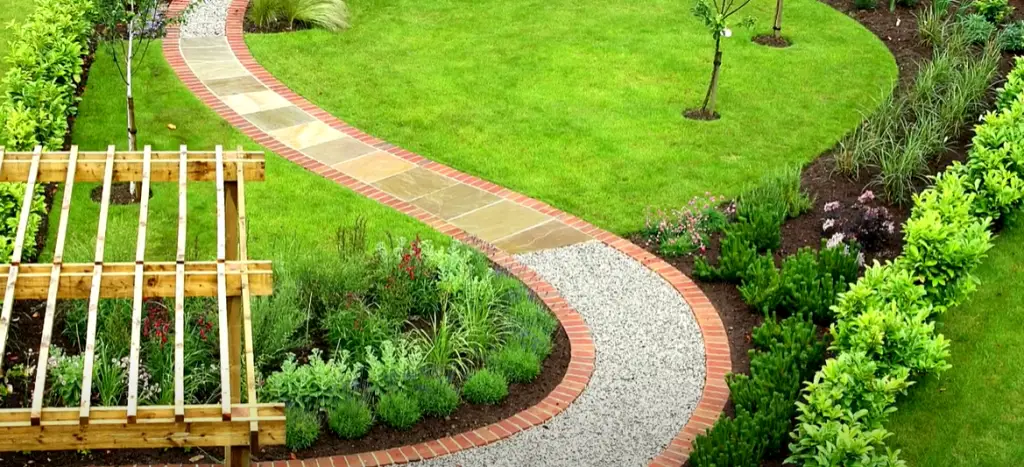
Are herbs expensive?
No, growing herbs doesn’t have to be expensive. Many herbs are relatively inexpensive to purchase as seeds or start at nurseries or online retailers. Additionally, some herbs such as mint, oregano, and chives can easily be propagated from cuttings or split root systems so you don’t even need to buy new plants! Once established in your garden, most herbs require minimal care and upkeep to keep them healthy and productive.
What herbs grow easiest?
Some of the easiest herbs to grow include basil, chives, mint, oregano, rosemary, sage, and thyme. These herbs all have similar preferences in terms of sun and soil requirements, making them easier to care for than some other plants. Additionally, they require minimal pruning or maintenance once established in your garden. Herbs such as these are ideal for beginner gardeners looking to get a quick start in herb gardening.
What herbs do you start a herb garden with?
If you’re just starting out with your herb garden, it’s a good idea to start with some of the simpler herbs such as basil, chives, mint, oregano, rosemary, sage and thyme. These herbs are all fairly easy to grow and provide plenty of flavor for cooking. As you become more experienced in gardening, you can expand your repertoire to include more diverse herbs such as parsley or tarragon. With patience and practice, anyone can become an expert herb gardener!
Should you water herbs every day?
It depends on the herb and where it is planted. Generally speaking, most herbs need to be watered deeply, but infrequently. This means you should water until the soil is moist but not soggy, then wait for it to dry out before watering again. In particularly hot or windy conditions, herbs may need more frequent watering as they are prone to drying out quickly. Additionally, if your herbs are in containers rather than planted in the ground, they will need more frequent watering as container soils tend to dry out faster. Overall, pay attention to how dry or wet your soil is and adjust your watering frequency accordingly.
Useful Video: Herb Garden Design Ideas
Conclusion
Herbal gardens have been in use since ancient times, and today, more people are realizing their potential for providing health benefits. Herbal gardens offer a wide range of medicinal herbs that can be used to treat various ailments without the side effects of some traditional medications. With proper cultivation and maintenance, an herbal garden can provide years of enjoyment while helping to improve overall health. Whether you’re looking to create an outdoor oasis or simply want to add a few plants inside your home, an herbal garden is a great way to get started.
References:
- https://www.thespruceeats.com/what-are-herbs-995714
- https://www.escoffier.edu/blog/culinary-arts/5-benefits-of-growing-your-own-herbs/
- https://www.binleyflorist.com/herbs-information/78-types-of-herb-gardens
- https://www.homesandgardens.com/ideas/herb-garden-ideas
- https://www.gardenary.com/blog/how-to-start-an-herb-garden





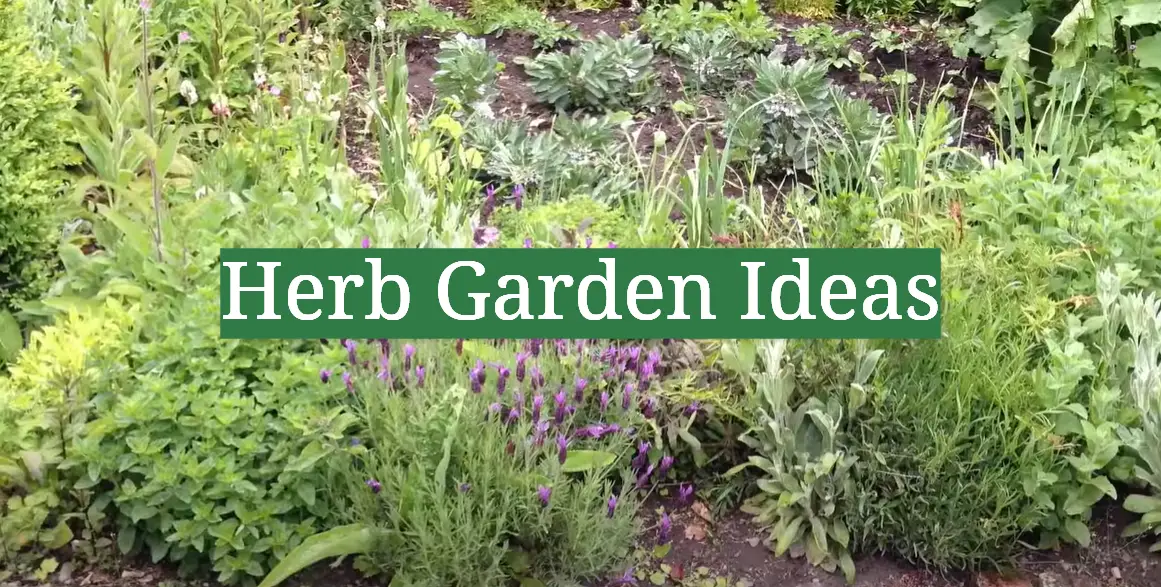




Leave a Reply
View Comments